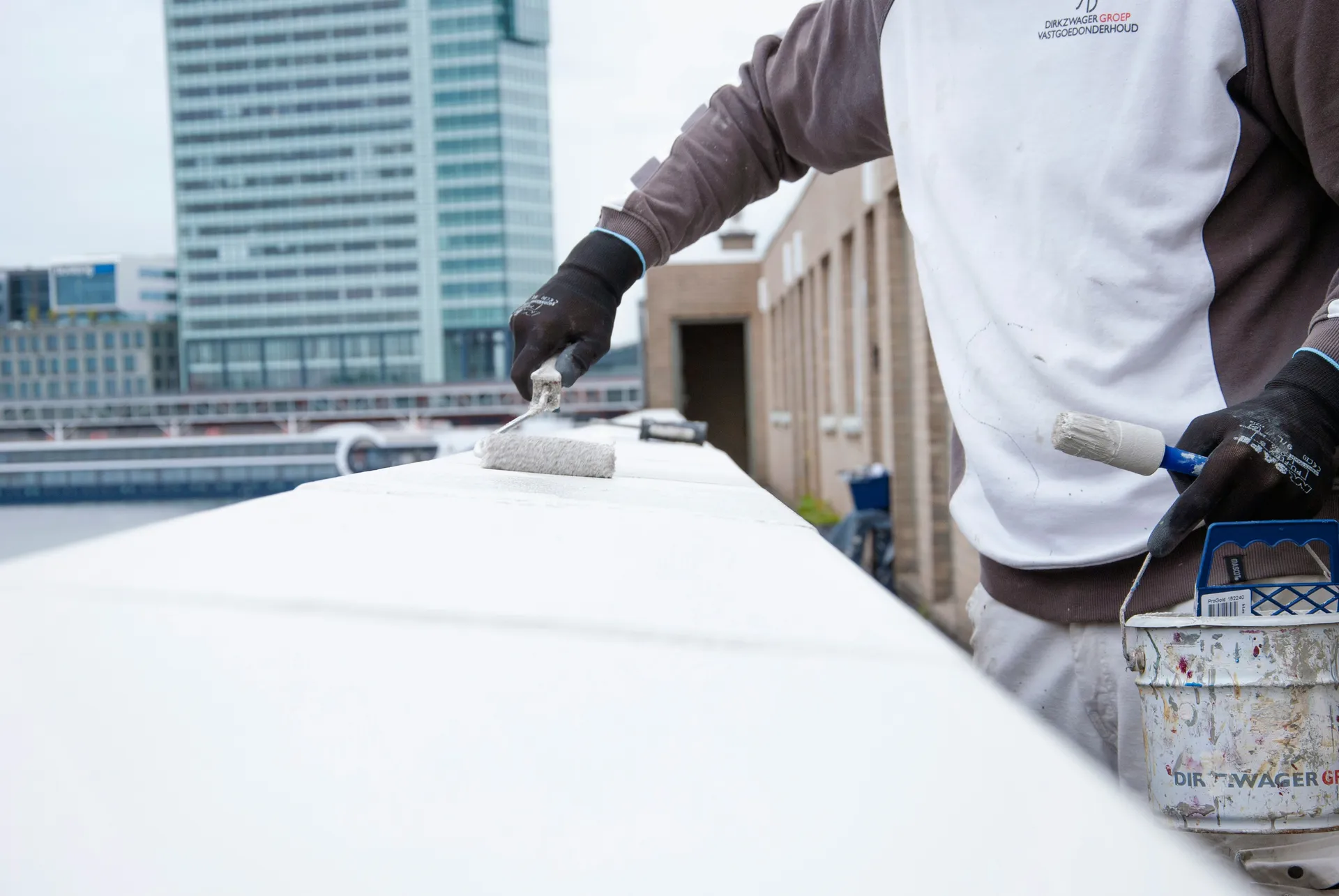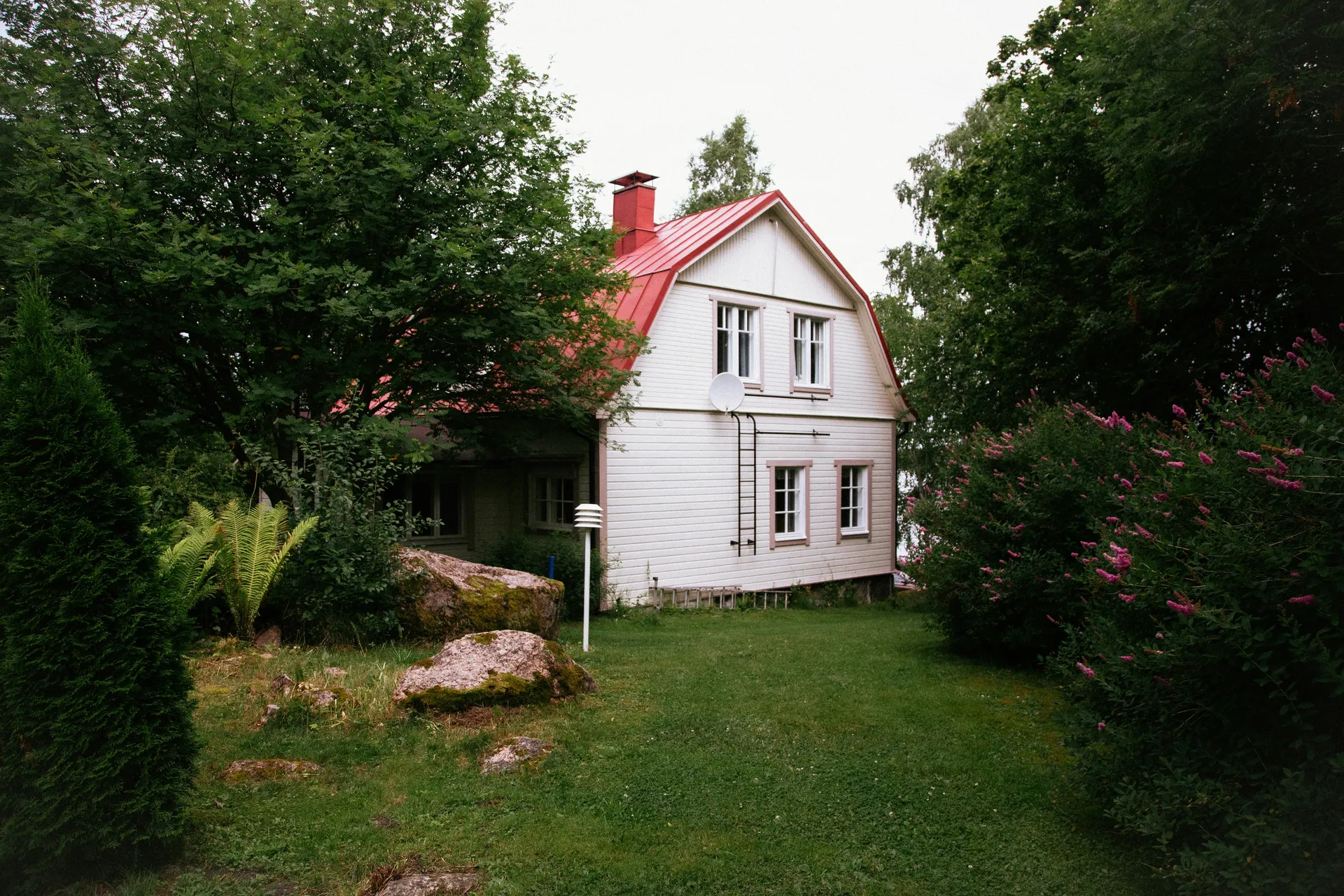Commercial Roof Replacement Cost & Options: A 2025 Business Guide
A commercial roof replacement is one of the most significant capital expenditures a building owner will face. Making the right choice isn’t just about stopping leaks; it’s about protecting your asset, managing energy costs, and ensuring long-term performance. From a building science perspective, the roof is your primary defense against the elements, and its performance directly impacts your operational budget and property value.
This guide provides a technical, data-driven overview for facility managers and property owners. We will dissect the most common commercial roofing systems, analyze their lifecycle costs, and outline the critical factors that should inform your investment decision.
Key Takeaways
- It’s a Capital Asset: View your roof as a long-term asset. The upfront cost is only one part of the equation; lifecycle cost and energy savings are paramount.
- System Choice Matters: TPO, EPDM, and PVC each have distinct advantages in energy efficiency, durability, and chemical resistance. The right choice depends on your building’s use.
- Deck Condition is Critical: The state of the underlying roof deck is the biggest unknown variable that can significantly impact the total project cost.
- Professional Installation is Key: The best materials will fail if not installed correctly. Seam strength and proper flashing are critical performance indicators that only a qualified professional can deliver.
Key Commercial Roofing Systems: A Technical Comparison
For most low-slope or flat commercial roofs, the choice comes down to a few primary single-ply membrane or built-up systems. Let’s analyze the pros and cons of each.
TPO (Thermoplastic Olefin)
A heat-welded, single-ply membrane that has become an industry standard due to its excellent energy efficiency and durability.
EPDM (Ethylene Propylene Diene Monomer)
A synthetic rubber membrane known for its exceptional durability and weather resistance. It has a proven track record of over 40 years.
PVC (Polyvinyl Chloride)
A highly durable membrane known for its superior resistance to chemicals, grease, and fire, making it ideal for specific applications.
Modified Bitumen
A multi-ply system made from asphalt modified with polymers. It’s known for its toughness and redundancy.
Metal Roofing (Standing Seam)
While a significant initial investment, standing seam metal roofs offer the longest lifespan and lowest maintenance requirements.
Commercial Roof Replacement Cost Analysis
The following table provides an industry-standard, per-square-foot cost estimate for a full commercial roof replacement.
These figures are for initial budgeting purposes. Your final cost will depend on the specific variables of your project. Always get multiple detailed quotes.
| Roofing System | Average Installed Cost (per sq. ft.) | Typical Lifespan |
|---|---|---|
| Modified Bitumen | $5 - $10 | 15-25 years |
| EPDM (Rubber) | $6 - $12 | 20-30 years |
| TPO | $7 - $13 | 20-30 years |
| PVC | $8 - $14 | 20-30+ years |
| Standing Seam Metal | $15 - $25+ | 50+ years |
Critical Cost Variables
The price per square foot is just the beginning. The total cost of your project will be significantly impacted by these factors:
- Roof Size & Complexity: Larger roofs have a lower per-square-foot cost but a higher total price. Numerous pipes, vents, and HVAC units add significant labor costs.
- Tear-Off & Disposal: Removing the existing roof system is a major part of the budget. Multiple existing roof layers will increase this cost substantially.
- Underlying Deck Condition: This is the biggest unknown. If the structural deck beneath the old roof is rotted or damaged, repairs can add thousands to the project cost.
The roofing membrane is only as good as the structure supporting it. Discovering a rotted or compromised roof deck during a tear-off isn’t just a cost overrun; it’s a critical structural issue that must be addressed by a qualified engineer before any new roofing is installed. Never cover up a structural problem.
- Insulation: The type and thickness (R-value) of the rigid insulation board used will impact both cost and your building’s future energy bills.
- Warranty: A comprehensive, long-term NDL (No Dollar Limit) warranty from the manufacturer costs more than a standard contractor’s warranty but provides far greater protection.
Signs It’s Time for a Replacement, Not a Repair
For a commercial property, making the call to replace versus continuing to patch is a critical financial decision.
Key Indicators for Roof Replacement
Planning a complete building upgrade? While replacing your commercial roof, it’s an ideal time to evaluate other systems. Use our solar calculator to see if adding solar panels could offset your energy costs.
Vetting Your Commercial Roofing Partner: A 5-Step Guide
Choosing the right installation partner is as critical as choosing the right materials. A poor installation can cause a premium roofing system to fail prematurely.


